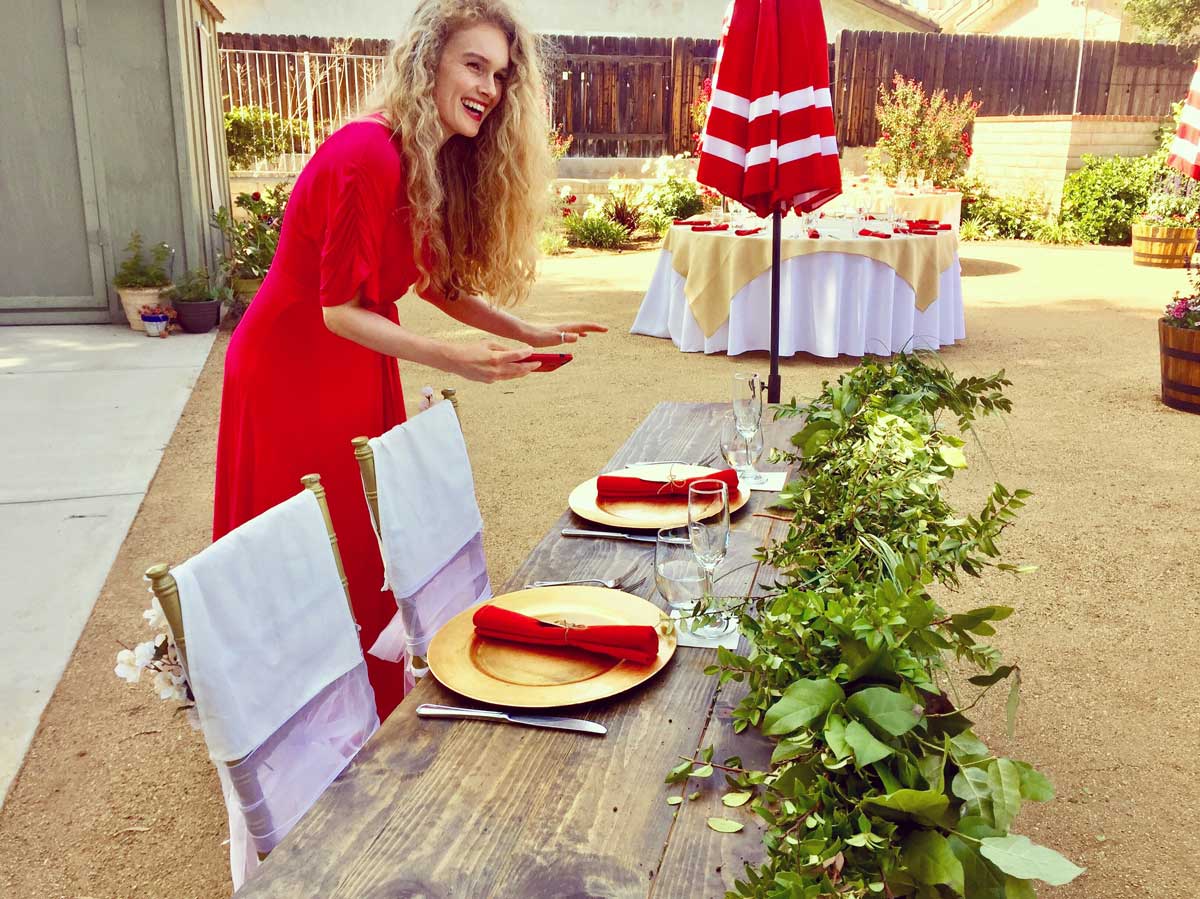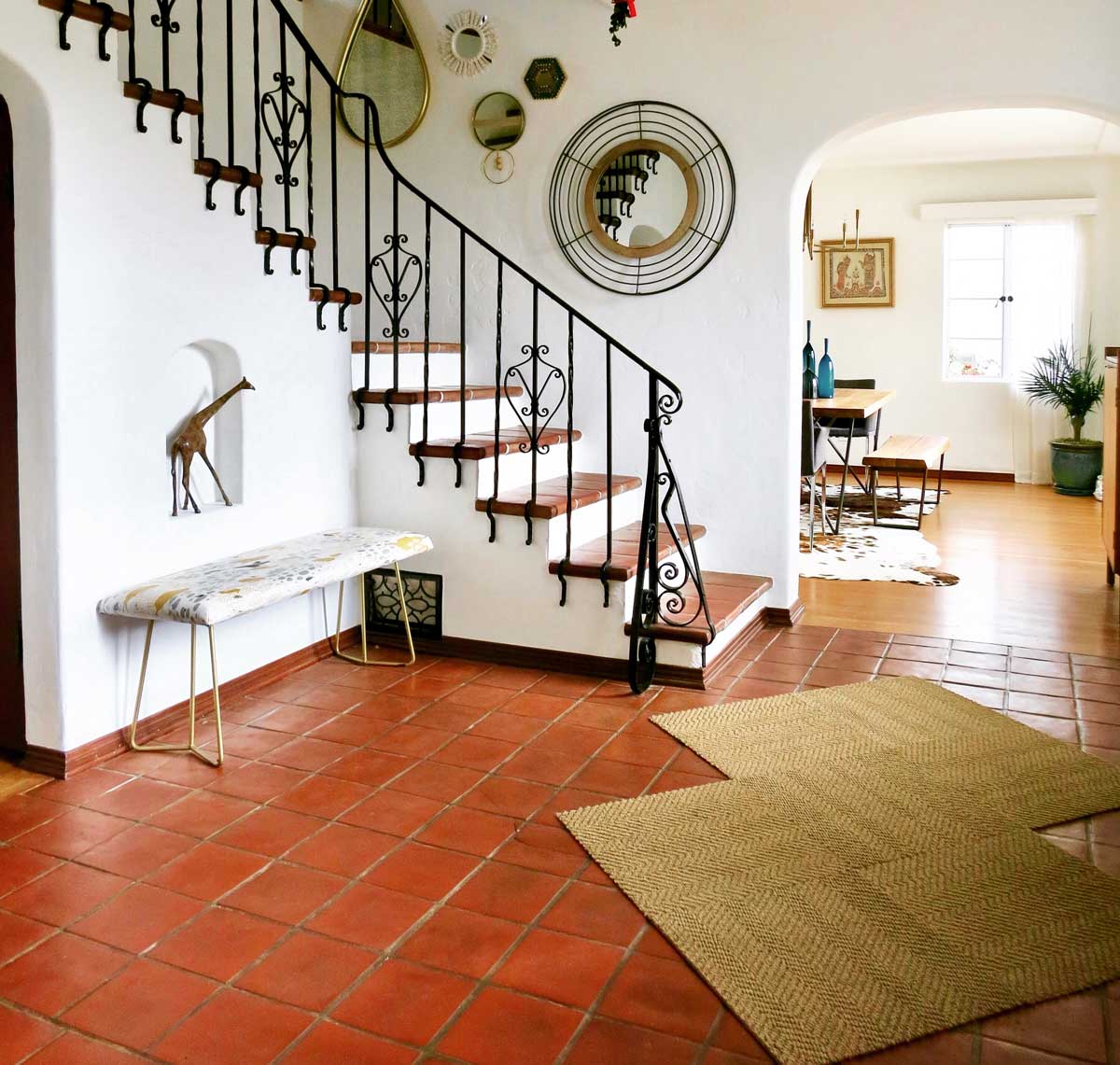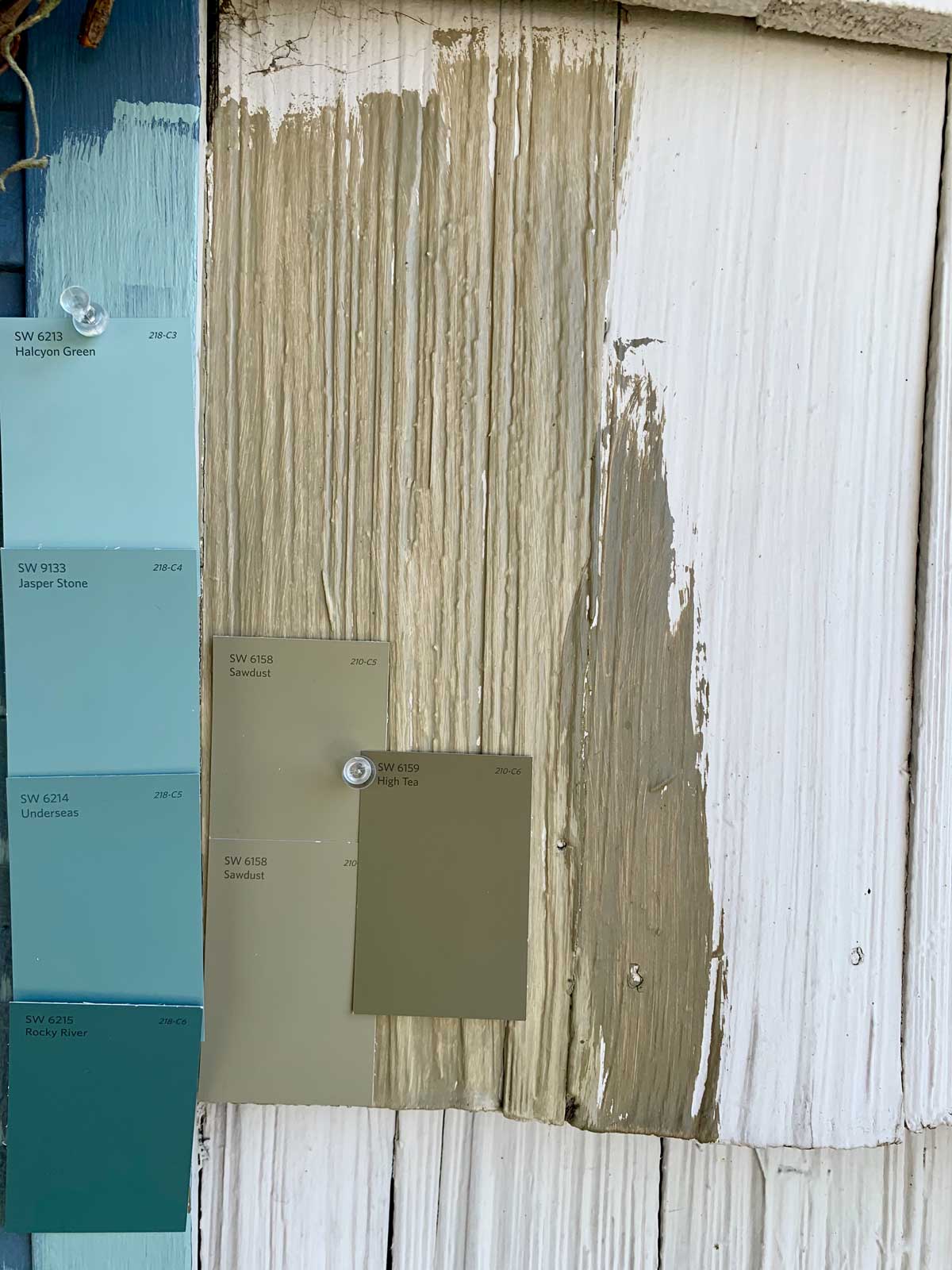
“My goal as a color designer is to provide people the opportunity to view color as an experience – visually, psychologically, and somatically.”
Certified Color Design Consultant and Interior Designer Lauren James knows that her job as a color designer is an abstract concept – which is why she’s so passionate about sharing her expertise and skills on her Instagram account @exaltedbylauren. Today, Lauren is sharing her thoughts on how color can lift your mood and create the perfect at-home office. Check out SelectSouthBay.com each week for stories from local experts, and contact editor@selectsouthbay.com if you want to submit your own!

Lauren has a degree in psychology from UCSD and worked as a model overseas for 13 years. She honed her creative skills through color design certifications with the International Association of Color Consultants and Leatrice Eiseman of Pantone Color Institute. She specializes in creating environments that use good color design and the knowledge of its physiological and psychological effects to improve the well being of its occupants.
I am often asked what a color designer does since it sounds abstract. However, it can be applied to so many fields! A color designer takes the knowledge of color psychology (the study of how color affects our emotions and behavior) and color design theories to meet their clients’ expectations and suit each space be it an office, home, school, medical facility, or restaurant. Simply put, I help tell the client’s story through the use of color. My goal as a color designer is to provide people the opportunity to view color as an experience – visually, psychologically, and somatically – and it is my favorite subject to talk about because it is so unique to everyone.

Studies have shown that better color and lighting design provide a superior working experience, and since many of us have transitioned to working from home, here are a few easy tips to improve the productivity and feel of your environment.
A question you always want to ask yourself, in any room, is, “How do I want to feel in this space?” The answer to this speaks to the energy that you want to bring into the room, which will help narrow down the color selections.
General Guidelines
- Include a warm color, cool color, and a neutral for balance
- When choosing a color, always color match (paint color) in a north facing room with natural light (not direct sunlight!)
- Rooms with a lot of natural light allow for richer hue without darkening a space
- To spice up the popular off-white monochromatic schemes add different textures, finishes, and shapes such as wood or metal elements.
- Natural light is the best light. If more is needed, add a mirror opposite a window

Enhance Workspace
- Reduce constant adjustment to brightness differences in the visual field, which can lead to eye fatigue and strain
- When using a computer, avoid facing a window
- Paint the window wall a light color
- Have the color of the desk be something other than white or black
- Glare also can lead to eye irritation and fatigue. Some suggestions:
- Cover/shield light bulbs
- Have a matte surface/desk instead of shiny (reflected glare)
- Do not place a light source directly in front of or behind computer (This includes windows and artificial lighting)
Sometimes the hardest part is figuring out which direction to go! Look to nature, which can provide some of the most balanced color palettes. Take a peek into your own closet and pull out some pieces and see how they look in the space. Keep your eye out for unique art pieces or architecture that capture your attention. Are you an introvert or extrovert? Studies have shown introverts are more sensitive to stimulation and, therefore, are drawn to and would benefit from subtler/softer color combinations and designs. Extroverts may gravitate towards bold prints and like the stimulation they offer. This is where I come in. When working with a client, I get a feel for your personality, interests, what your eye is drawn to, and how you want the space to feel. I then suggest color pairings that would bring this energy into the space while respecting the function of the room.
They say, “Color is an international language not bound by any culture,” so have fun with it, and let your space reflect your personality!
Do you have a specialty that you’re especially passionate about that you would like to share with the community? We’d love to publish it! Email editor@selectsouthbay.com to submit your story.
TOP VIEWED
Rocks of Terranea Resort in Rancho Palos Verdes
Below the cliffs of the world class Terranea Resort in beautiful Rancho Palos Verdes, California, lie jagged rocks chiseled from the blue waters of the Pacific Ocean.
